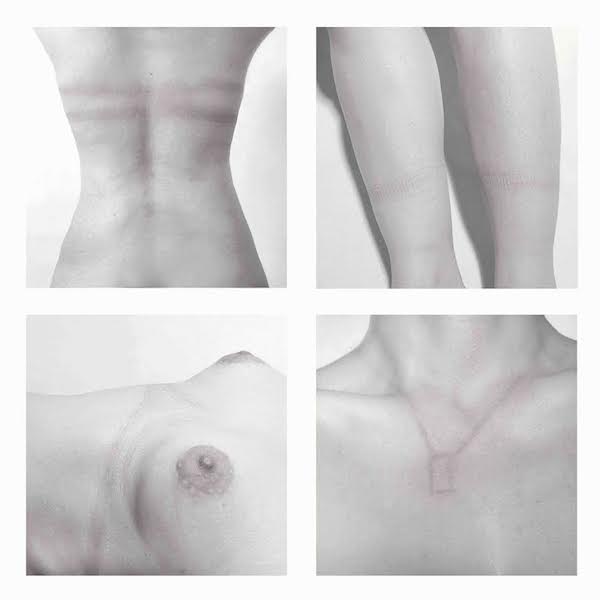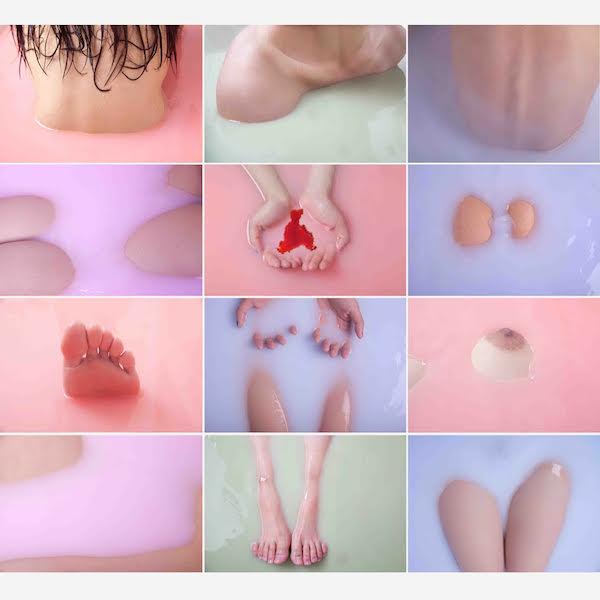Marks of Beauty: The Photography of Ze Gao
Ze Gao is a photographer, painter and curator who was born in China in 1992. He studied at the Maryland Institute College of Art, and is currently pursuing an MFA at the School of Visual Arts in New York City. His work has been exhibited in the U.S., Europe, China, Korea, and Singapore, with recent group shows at the Gallery House in Brooklyn, the Valley Art Center in Ohio, New York’s Javits Center, and a solo exhibition at the Rochester Art Center Gallery. Here are some of his thoughts and images.
“This photo series captures the results of daytime dressing, which leaves marks on women’s bodies.”
“On the day we were born, we were all naked. On the day we die, we do not take anything, not even those things we struggled for our entire lives. After a day of professional work, women who dress beautifully often find temporary “scars” of their daytime lives.
What these marks symbolize fascinates me, as well as how these marks stay on their bodies. However, when I began to work in the studio, I found the marks were not very clear. So I used foundation makeup to magnify the marks on women‘s bodies. The magnification also shows us the painful reminders of dressing up.”
“Emotions are the essential for portrait photography, but countenance is not the only way to display a model’s emotions. I have been working on studio portraits for the past five years, yet couldn’t find a good way to represent the model’s own emotions. After experimenting with painting, I believe I’ve found the answer.
Colors and emotions are inextricably linked, with different colors representing different emotions. It’s like a painter’s inner emotions, which can be seen from his color selection. So I identified my first element–color.
As the Dao De Jing says, ‘the highest excellence is like water. The excellence of water appears in its benefiting all things, and in its occupying, without striving, the low place which all men dislike.’* So I found the second element–water.
Mixing different colors into the water is like mixing moods into a universal inclusivity.”
*From James Legge’s 1891 translation of the Dao De Jing from ancient Chinese philosophy
– Catherine Kirkpatrick



